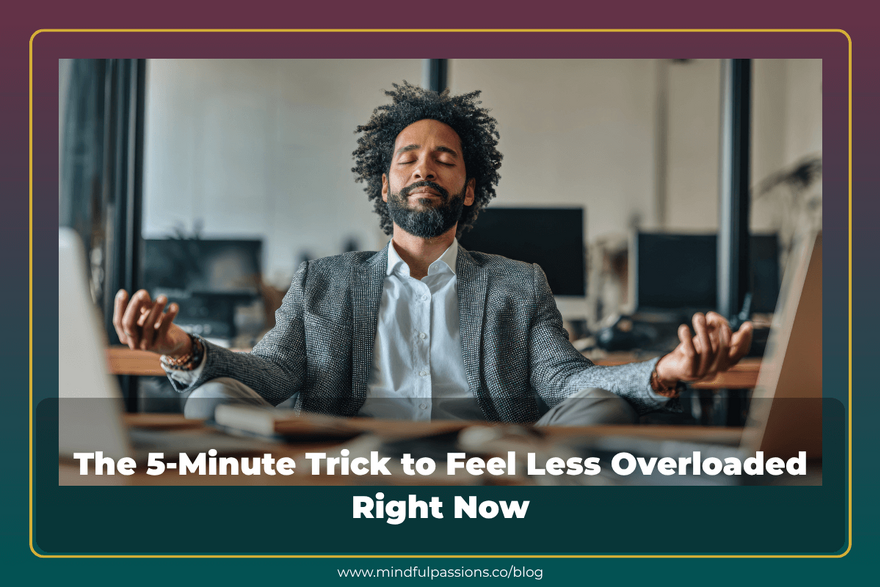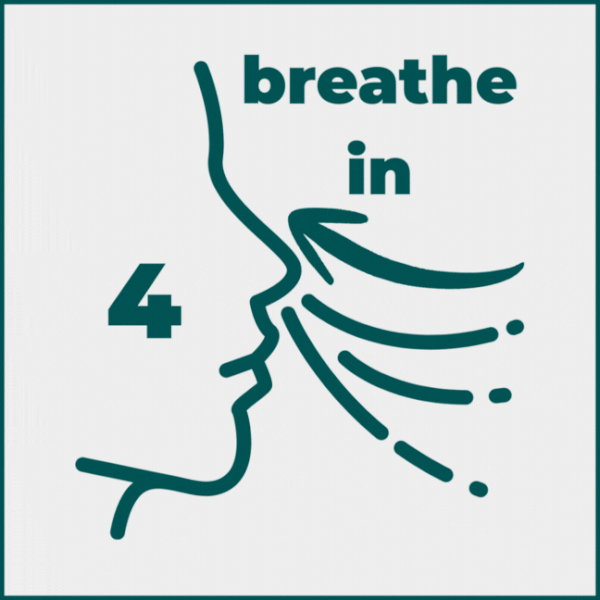
That dizzy, chaotic sense of overload? It usually isn’t caused by one big crisis. It’s caused by a thousand tiny autopilot “yeses” piling up throughout the day.
You respond before you’ve even thought about it. And that’s why you end up drained.
👉🏾 Looking for the bigger picture? Check the BoundaryOS Hub to see how this post fits into the full system.
The Autopilot Trap
Your brain has a built-in panic reflex: “Answer quickly! Don’t disappoint!”
This stress response hijacks your decision-making. Instead of pausing, you default to a Reflexive Yes—and pay the price with your energy, focus, and mood.
The One-Breath Pause (The Trick)
Here’s how to interrupt the overload cycle in less than a minute:
- A request comes in (email, text, “Can you take this on?”).
- Instead of responding, take one slow breath in (count of 4).
- Exhale slowly (count of 6).
- As you exhale, say to yourself: “This is my space to choose.”
That single pause acts like an emergency brake. It resets your nervous system and buys you the space to choose instead of react.
Why It Works
- Physically: The long exhale activates your parasympathetic system, lowering anxiety.
- Mentally: The pause shifts you from reacting to choosing.
It doesn’t solve everything. But it immediately reduces the feeling of overload.
Try it yourself:

A Quick Fix vs. A Real System
The One-Breath Pause is powerful—but it’s just the doorway.
It gives you space, but it doesn’t decide for you. What you do after the pause is what determines whether your battery stays protected.
That’s where the MPI Boundary Systems Framework comes in. Think of it this way:
- The pause = the emergency brake.
- The framework = the operating system that prevents you from speeding into burnout in the first place.
The flow looks like this:
- Pause (reset)
- Scan (check signals like the Resentimeter)
- Decide (choose a capacity-first response)
From Reactive to Intentional
The One-Breath Pause gives you a way out of autopilot — a quick reset you can use anytime the weight piles up.
But here’s the catch: even with tricks like this, exhaustion creeps back in if you don’t know what’s draining you in the first place.
That’s where the Capacity-First Decision Framework (CFDR) comes in. In the next post — Why You’re Still Exhausted, Even After a Full Night’s Sleep — you’ll learn how to spot the hidden leaks that no amount of rest can fix.

Comments